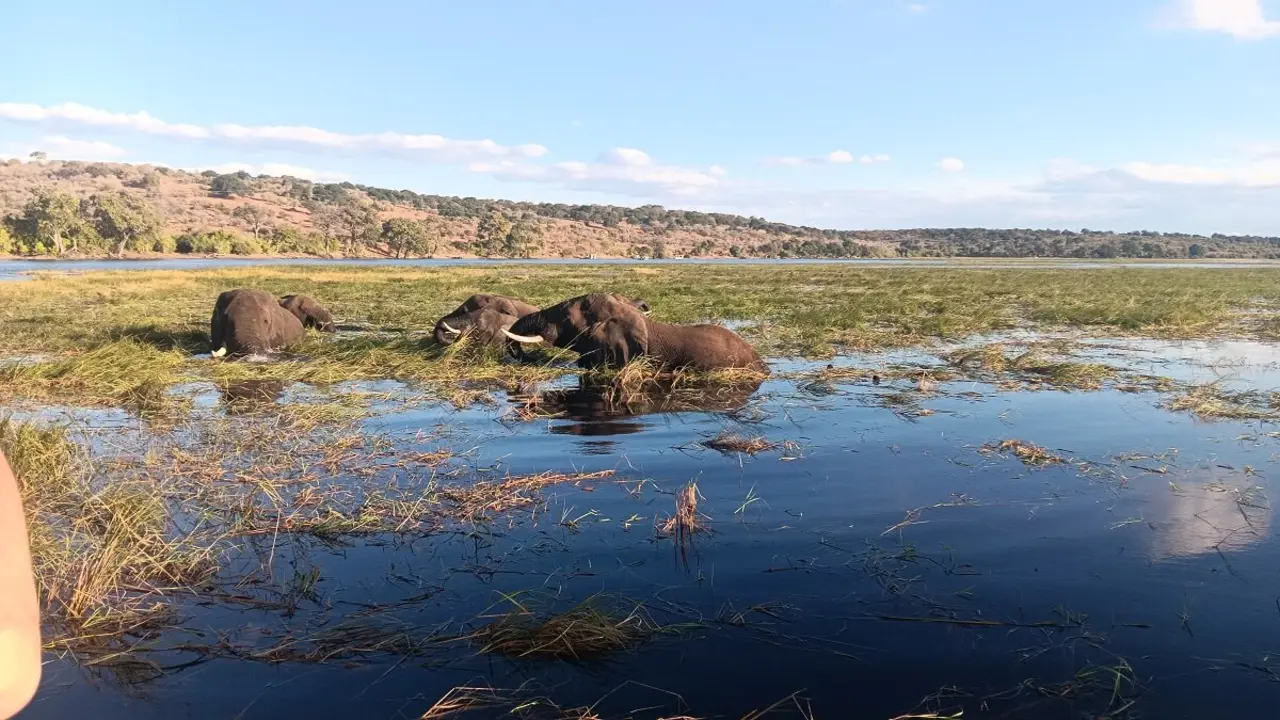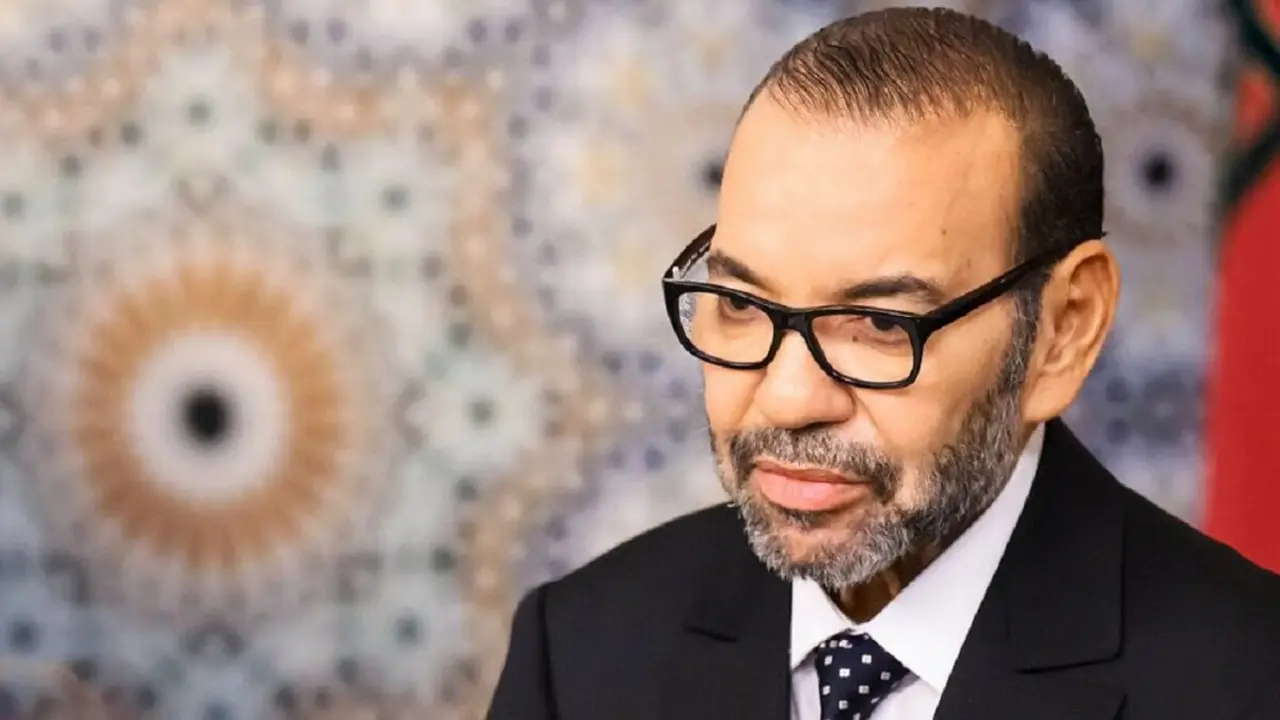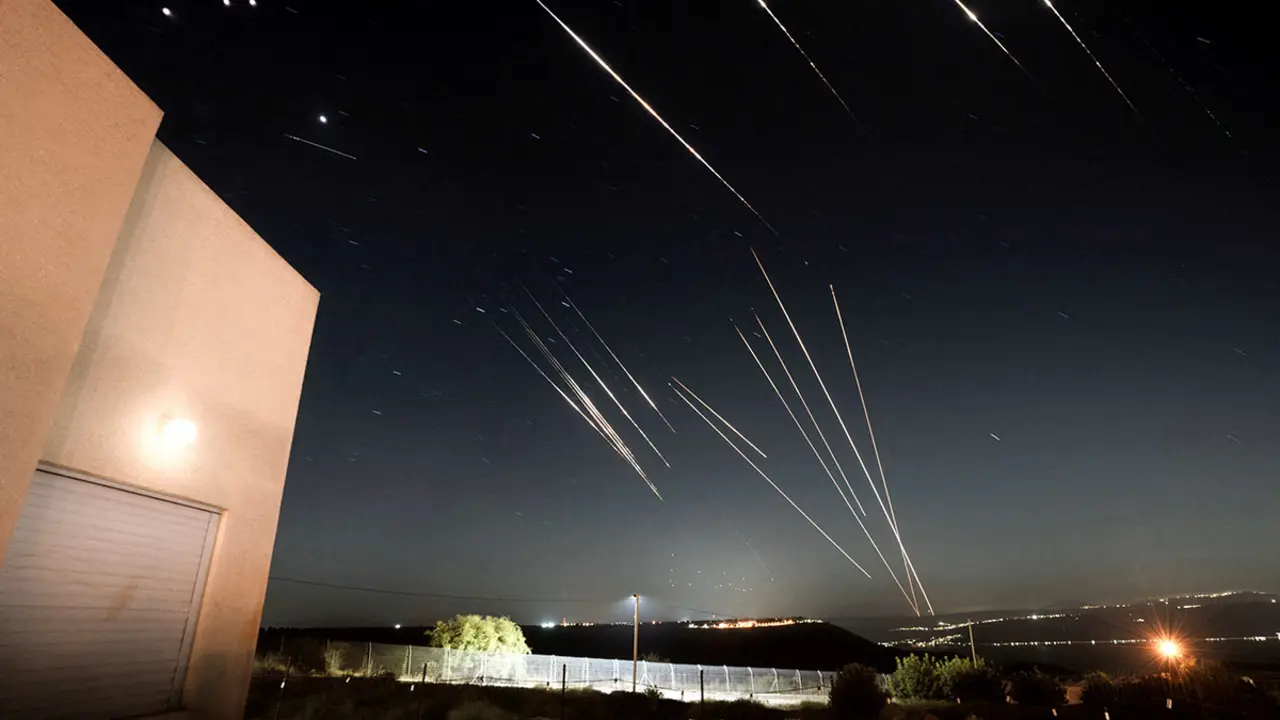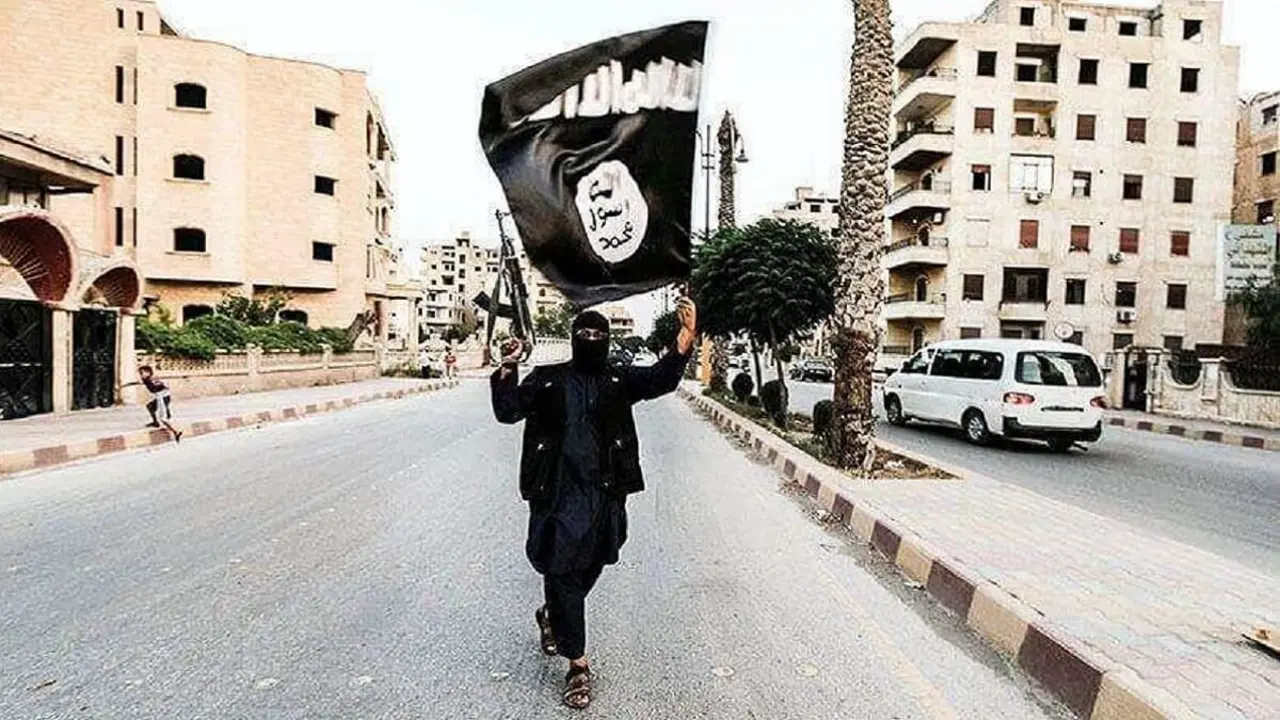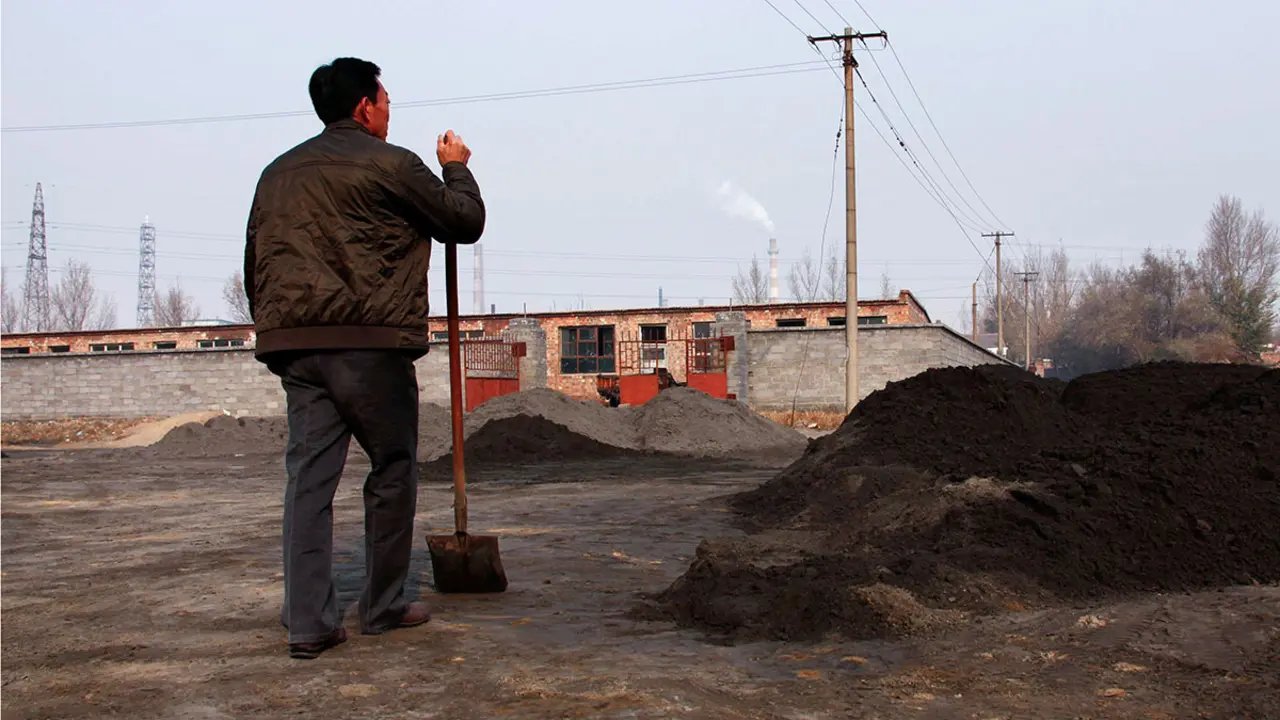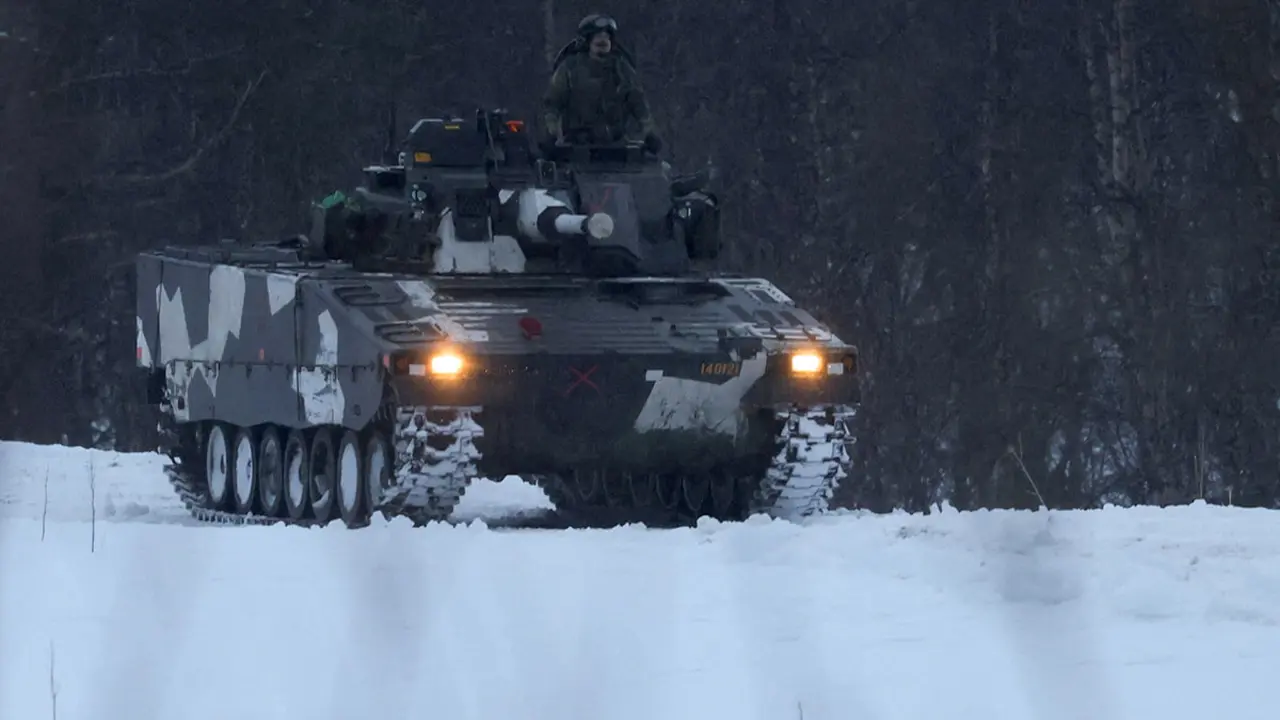Rusia consigue que la OTAN blinde la defensa del Flanco Este de Europa

The invasion of Ukraine has triggered the biggest global geopolitical tsunami this century, and among its consequences is that it will once again split the world - if it was ever united - into two Cold War-style blocs.
However, this war, which has generated equal parts surprise and astonishment in the countries of southern and western Europe, has not come as much of a surprise on the Eastern flank. There, the Russian threat has been perceived as very real for years.
Countries such as Estonia, Latvia and Lithuania, whose names resonated only once a year since the Eurovision Song Contest for most EU citizens, have long denounced the Kremlin's intentions to destabilise their states and perhaps go further with military action.
The Baltic republics are home to 30% of citizens of Russian origin who, for some years, managed to gain weight by creating their own political parties. All of them hoped to prosper until they succeeded in placing a Kremlin puppet leader in government. However, the vote for these political formations has been falling at the same pace as frictions between Russia and the West have been growing.
All three countries looked to Europe years ago, and made a clear bid to develop on this side of the world. They joined NATO in 2004, and the international missions that the Atlantic Alliance has deployed in Estonia, Latvia, Lithuania and also Poland since 2017 are the guarantee that they will be able to do so.

A month after the invasion of Ukraine began, NATO officially announced that it was deploying additional forces to Slovakia, Hungary, Romania and Bulgaria "as soon as possible". Four new Battle Groups were to armour the Russian border from north to south and deter the Kremlin from further military incursions into European territory.
Following this announcement, the last summit, held in Madrid at the end of June, finalised the details of what would be the new strategic compass. Four months into the war in Ukraine, Madrid announced that, in addition to implementing these new battalions, the four battalions currently operating in the Baltic Republics and Poland would be elevated to brigade status.
These are multinational missions, made up of more than 15 countries. Each country will contribute the capabilities it can or deems appropriate," explained Lieutenant Colonel Aranda Gil, commander of the Spanish contingent in Latvia, in an interview with Atalayar.

In the case of Spain, the contingent has already increased by 35% so far this year, reaching 600 troops, and thus becoming the second largest international mission in which the Spanish army is participating, after the one in Lebanon. But perhaps most noteworthy are the new capabilities that have been deployed in the area: field artillery, radars and a battery of Nasams anti-aircraft missiles. Combat capabilities.
Spain is not the only country to deploy its artillery in these latitudes. In mid-September, the first live-fire artillery firing was organised at Camp Adazi with the participation of five NATO countries in the context of the Enhanced Forward Presence (eFP) mission.
For the occasion, the US Army brought a number of artillery pieces from Iraq to the base, still in arid camouflage paint. These pieces did not come for a visit, but with the intention of remaining deployed there, in Latvia, on the border with Russia.
It is clear that the US is going to redirect the resources it previously devoted to operations in Afghanistan or Iraq, positioning them along the Russian border. But unlike the aforementioned operations, the weight - and the expense - is much more evenly spread across the Eastern European flank. Nothing like a war at home to wake up EU countries, which have increased their defence budgets as they have not done in years.

In the shadow of a nuclear threat, the need to go a step further in providing real protection on this side of the border has been realised. And the capabilities that Alliance member states are putting in place are aimed at containing an attack. The eFP missions have gone from being conceived as a deterrence tool to one of containment. All thanks to Russia itself.
The annexation of the Crimean peninsula in 2014 led to the creation of the four multinational battalions from Estonia, Latvia, Lithuania and Poland. All of them started operating in 2017. Now, five years later, it is again events in Ukraine that have led to the creation of four new battalions to armour Europe's Eastern Flank from north to south.
Among the eight Battle Groups that will be configured, there will be an estimated 9,000 permanently deployed troops: 1,430 in Estonia, 1,887 in Latvia, 1,632 in Lithuania, 1,033 in Poland, 643 in Slovakia, 900 in Hungary, some 1,148 in Romania and nearly 1,000 in Bulgaria.

All eight countries have requested this military presence, and cling to it as their only guarantee that Russia will not decide to further annex territories at their expense. They do not believe in the word of the Kremlin, which has already failed to keep its promises in places like Chechnya - where it wrote one of the bloodiest chapters in modern history. And they know that it is not satisfied with the conquests it has made so far either, as in Ukraine, where Crimea was not enough to satisfy its appetite.
And how has life changed in the countries where these NATO missions, which have drawn the Kremlin's ire, are being deployed? The truth is that it has not changed. The countries of the former Soviet orbit already lived with the Russian threat and internalised it in a different way than other EU countries.
Probably as a result of their busy twentieth century, these countries have developed the idea of defence in a different way. For them it is necessary to preserve their national sovereignty. If in Spain, France or Germany citizens understand that defence is the responsibility of governments and professional armies, in this part of the world we find societies that are much more involved in the task of defending their homes.
The Baltic Republics are an example of this concept of defence that involves civil society. In Tallinn, for example, we find the headquarters of the National Defence League, a kind of paramilitary armed forces where the civilian population can start training from the age of seven. Yes, from the age of seven.
Estonian children can attend the Defence League camps from the age of seven, and in the years that follow they advance their active and passive military skills. In other words, they are instructed in the handling of weapons, but they are also taught how to behave in the event of a real invasion, such as in Ukraine.
This is of course a voluntary organisation, but it is widely followed by Estonians. This exemplifies the other concept of defence in the countries bordering Russia, and also the extent to which they feel threatened by the Kremlin.

What do Enhanced Forward Presence missions do? So far, showcasing capabilities and bringing Alliance member states together. It is worth noting that in 2016, when the first four Battle Groups were approved for launch, it was the first time such a decision was taken unanimously. Moreover, these missions have a unique feature: the level of interoperability between the member states is at all levels.
In terms of staging, Enhanced Forward Presence is an operation with intense activity in terms of manoeuvres and exercises. Relays are conducted every six months, and during those six months three consecutive training phases are systematically undertaken with a hectic schedule of activities.
Public communication - including via social media - of each of these military exercises, and of the refinement of capabilities, is another feature of these operations. If Russia is to be deterred from attack, it is best to show what it would face.

To that deterrence - which has sparked the Kremlin's tantrum - is now added the combat capabilities provided by artillery. And combined with the ongoing war in Ukraine, the escalation, not only militarily but also in international tension, has turned the border between Russia and Europe into the hottest spot on the planet with the largest NATO presence.

